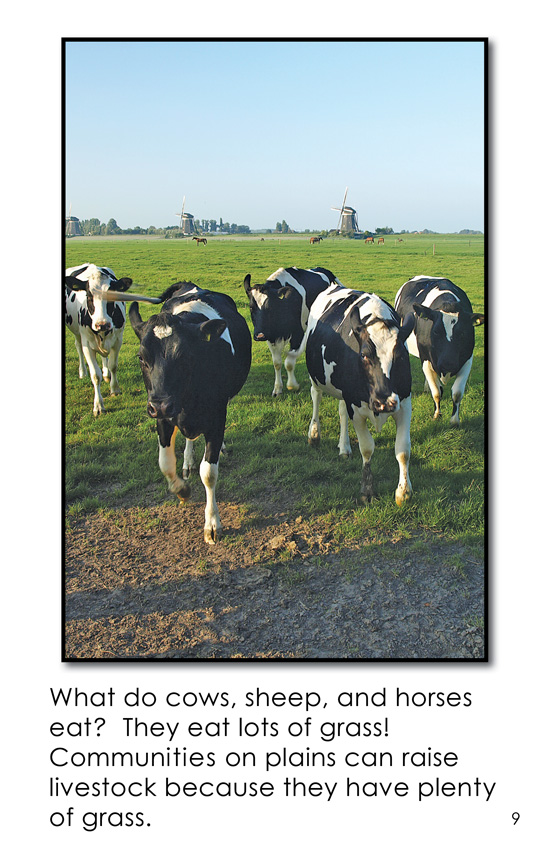

An ontology, as it deals with “the inorganic, the vegetable, the animal, the human” (Goethe 1987, p. 349): in this sense, “morphology is undoubtedly configured, at the same time, as a phenomenology and an ontology” (Tedesco & Vercellone 2021, p. In this project, morphology is reconnected to Goethe, who stated in a very general sense that it “rests on the conviction that everything that is must also manifest and show itself” (Goethe 1987, p. It is important to clarify that, before being considered as a specific discipline or subfield, morphology is a philosophical approach which runs through various disciplines, as it is very well shown by the recently published Glossary of Morphology (2021) edited by Federico Vercellone and Salvatore Tedesco. My hypothesis is that morphology provides the common theoretical framework we are looking for. My paper aims to foster this communication by proposing a theoretical frame in which space, place, and landscape are inherently connected and reciprocally co-implied. This includes “an awareness of the differences of understanding while using the same word” ( Ibidem).

Therefore, “a basis for communication must be established” (Försters et al. In this multidisciplinary context, it is very easy to lack the common semantic ground which makes landscape a unitary and intuitive phenomenon for people, before being analytically framed into different disciplines. Over the past decades, scientific research on landscape “in psychology, sociology, geography, medicine, planning, philosophy, archaeology, and environmental research has intensified causing clear differentiation in the formation of landscape-theoretical approaches” (Kühne 2019, p. Landscape is a complex and somehow ambiguous concept too. But, despite its popularity, it draws on a simplistic distinction between the objective (space) and the subjective (place), which does not take sufficient account of their reciprocal and constitutive connections. Agnew confirms this idea by affirming that: “space is regarded largely as a dimension within which matter is located or a grid within which substantive items are contained” (Agnew 2011, p. According to Low, the second conceptualisation reflects “the most common way that social scientists think about space and place” ( Ibidem). A third one considers place to be “the larger category encompassing a conceptually limited and more narrowly defined construct of space” ( Ibidem): in this case, objective space is rather seen as a rational abstraction drawing on a prior experience of lived places. In this case, Low argues, space is the objective three-dimensional extension of reality, whereas “place is defined as lived space made up of spatial practices and is phenomenologically experienced, such as the culturally meaningful space of home” ( Ibidem). A second conceptualisation is that “space is the more encompassing construct, while place retains its relevance and meaning but only as a subset of space” ( Ibidem). The anthropologist Setha Low identifies some conceptual patterns of connection between space and place: a first one according to which “they are separate constructs with no overlap” (Low 2013, p. There has been considerable semantic confusion within and across disciplines about the conceptual relationship of space and place. The Oxford English Dictionary gives over about two pages to space and around three and a half pages to place” (Agnew 2011, p. As the geographer John Agnew has noted: “Contrary perhaps to first appearance, space and place are fairly complex words. Space, place, and landscape are terms of common use, which nonetheless hide complex and stratified meanings.


 0 kommentar(er)
0 kommentar(er)
